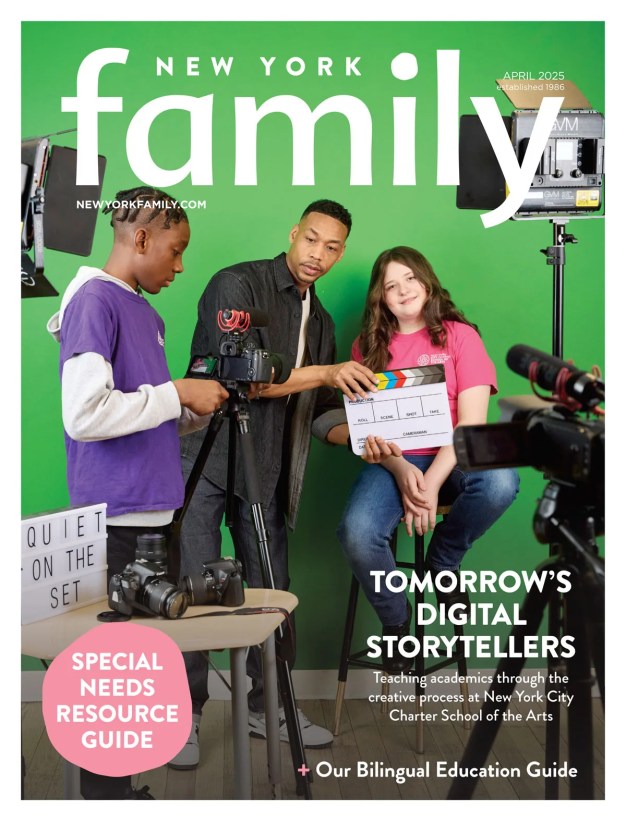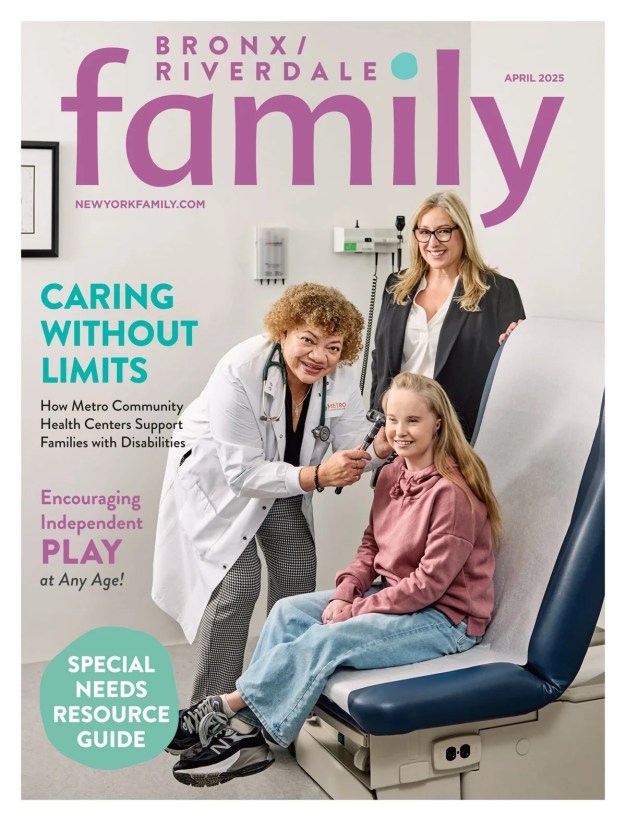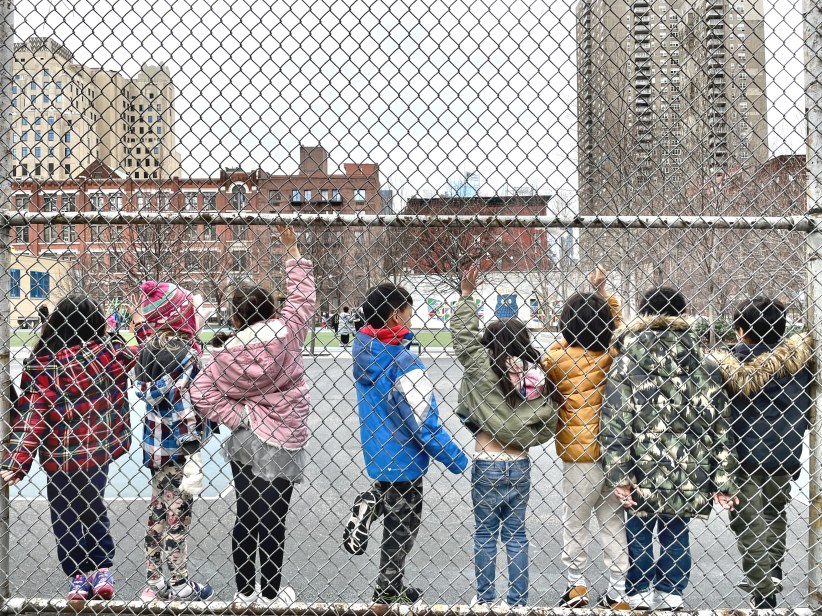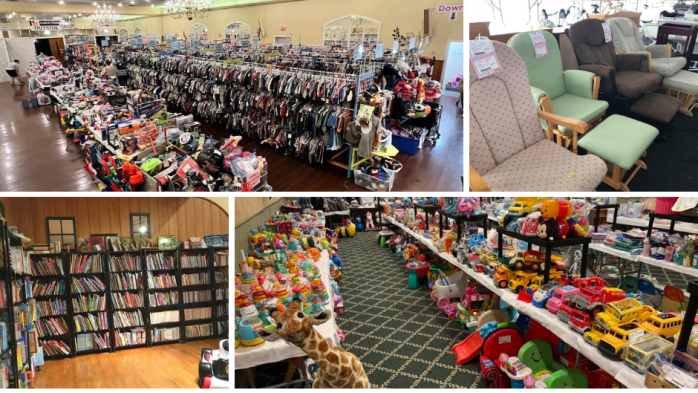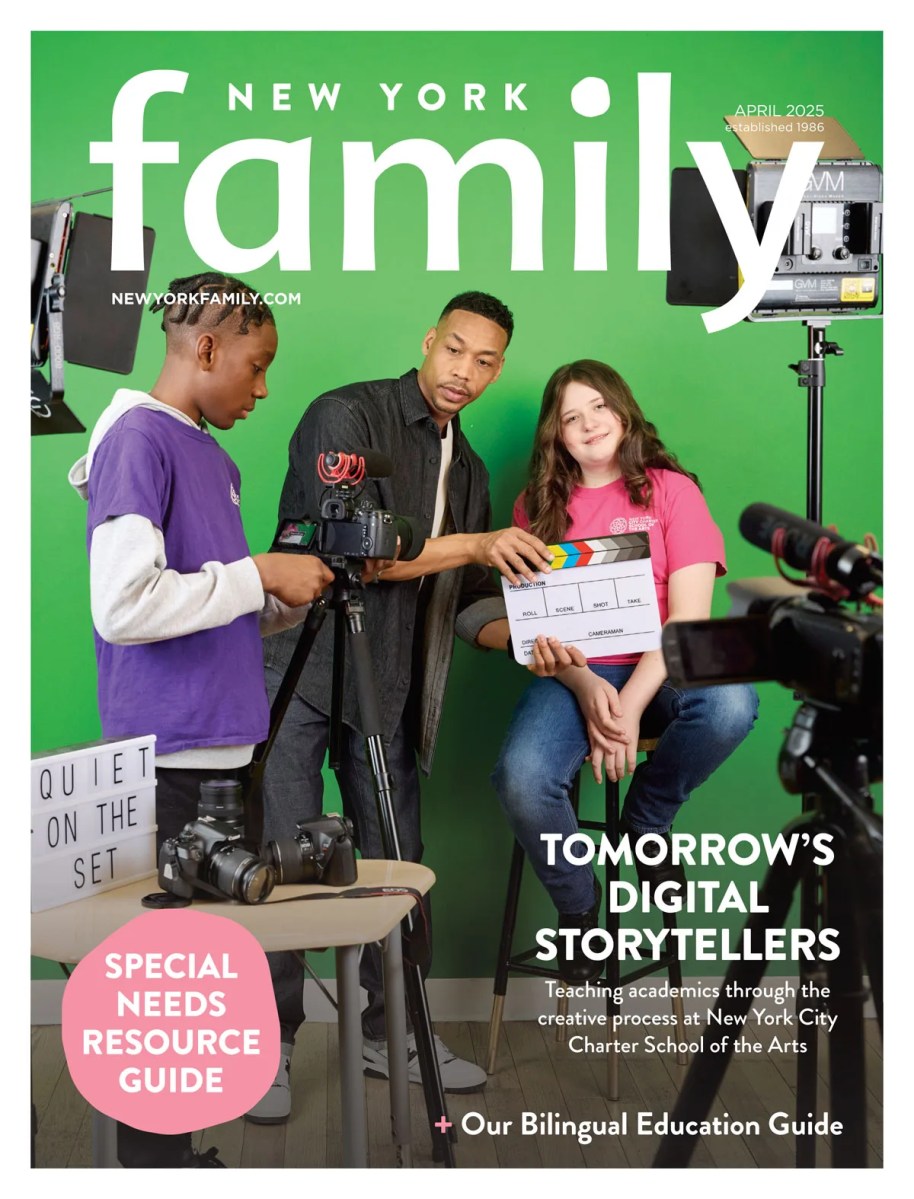Summer slide, brain drain, skill slippage, summer learning loss. No matter what you call it, learning loss during school vacation is real—and so are its damaging effects. Studies cited by the National Summer Learning Association estimate that more than 50 percent of U.S. students experience summer learning loss. Spread across five years, some students can lose, on average, approximately 40 percent of academic advances.
But learning loss can be prevented, with some effort and engagement on the part of grown-ups. Amita Gupta, Ed.D., professor of early childhood education at CUNY, recommends families use a schedule. “The planned experiences for children should serve to support their growth in four developmental domains (cognitive, social, emotional, and physical), and also address some academic content learning in literacy, social studies, math, and science. This may sound daunting to parents, but the good news is that several of these targets can be reached with a single activity or experience.”
8 Activities Parents Can Do With Kids to Prevent Summer Learning Loss
1. Read books with your kids.
Reading “just four to six books during the summer has the potential to prevent a decline in reading achievement scores from the spring to the fall,” according to the Colorado Department of Education. The New York Public Library is offering tons of summer reading activities, and your local library likely has events and reading lists divided by age. Or stop by a local kids' bookstore to find your child's next summer read. Heighten the fun by having your kid start a virtual book club with a far-flung relative or friend. And remember the value of modeling. Kids tend to do as we do, not necessarily as we say. If you want to raise a reader, don’t forget to make time to read yourself.
Need some book recommendations? Check out these roundups:
- LGBTQ+ books for kids, tweens, and teens
- Books by AAPI authors and starring AAPI characters
- Kids' books about women's history
- 125 books the NYPL loves for tweens and teens
- Kids' books about diversity, race, and inclusion
- Stories that star protagonists with special needs
2. Cook meals with your kids.
Cooking with your kids doesn’t just help your wallet—it helps your child’s brain. Use cooking as an opportunity to talk and learn about:
- Math: How much do you need of each ingredient? How many people are drinking soda? How many people are drinking milk?
- Chemistry: What happens when you mix one ingredient with another? What happens when you add heat?
- Human anatomy: Why does food taste the way it does? How do we convert food into energy? What happens to the calories or food we don’t need?
- Environmental sustainability: Where was this food grown? How, and by whom? How did it get from there to your table?
- Culture: Why does your family eat what it eats? What kinds of foods did you grow up eating? How does food reinforce culture? What kinds of foods are common across cultures?
Dial the conversation up or down, depending on your kid’s age and interest. Remember: It doesn’t have to be cooking. “Whatever the household chore—gardening, grocery shopping, laundry, cleaning and organizing, taking a walk—can all be turned into experiences in sorting, classifying, sequencing, observing, predicting, sharing, helping, team building, and problem solving,” Dr. Gupta notes.
3. Practice math skills in everyday situations.
Incorporating learning into your everyday life will help your child become a lifelong learner. It also reminds kids why fundamentals and facts are so important.
At the grocery store, talk about what you could buy for $5 or $500. Discuss budgeting. Have a chat about wants versus needs. Point out different shapes to little kids. Teach tweens how credit cards work. And teenagers can learn about the magic of compound interest. Avoid falling into the all-too-common parent trap of saying “I’m terrible at math” by showing how much we all use math every single day.
RELATED: These are the Best Math Games for Kids
4. Play games together as a family.
The boom in tabletop gaming means there’s a game for every skill you wish to cultivate in your child. But your kids will be having too much fun to realize they’re actually learning. In Scotland Yard (suitable for kids 8 and older), for example, players use logic and critical thinking to find a criminal’s London location. Weird But True—based on the beloved book series by National Geographic—requires players (ages 8 and older) to consider whether a wacky factoid is true or false. The uber-popular Wingspan teaches players (ages 14 and older) about birds, ecology, and biology.
5. Sign up for a subscription box or two.
Subscription boxes give you the chance to experience the world without leaving your house. The day our Universal Yums subscription snack box arrives is one of the happiest in my household. My son and I make predictions about that month’s country, then we enjoy reading about the fun facts (and ranking the snacks) in the colorful, fun booklet that accompanies the treats. Sometimes we draw maps. Sometimes we talk about history or politics. No matter what, we eat all the candy. Whatever your child's passion—from food and crafts to STEAM—you can find a subscription box that's perfect for them.
6. Watch educational and entertaining videos online.
Is your kid a budding coder? Mixed media artist? Cat lover? Regardless of your child’s interest, there’s a class for that. The pandemic has seen a boom in online learning, with options ranging from a short, one-off class to a multi-week deep-dive. Outschool has tons of video-based classes for kids age 3-18, including math practice, geography, and chess, and social clubs, too.
7. Join, or extend, a Learning Pod with other kids in the neighborhood.
When COVID shut down in-person learning, many parents formed learning pods—small groups led by a teacher or tutor. If you already have one from the academic year, consider extending it through the summer, perhaps with some extra sports or crafts thrown in.
If not, consider finding a few like-minded families to form a learning pod. Establish your expectations (frequency of meeting, topics discussed, amount of work to be done, masks on or off). The pod’s facilitator could be a recent high school or college graduate, or perhaps a teacher on summer break. How much to pay this person depends on several factors, but you should be realistic about what you’re asking the person and the kids to do.
RELATED: 8 Fun, Mind-Stimulating Activities for Kids
8. Set realistic goals and celebrate your kids’ achievements.
Set actionable, realistic goals, then celebrate them. Maybe you want your soon-to-be third-grader to read five books over the summer. Set up a chart, add some stickers, and break the big goal (five books) into smaller goals (one chapter every week). Every two chapters gets an ice cream. The right incentive can help motivate.
Above all, make it fun. It is summer, after all.
Even More Fun, Educational Ideas from Kids
I asked my son’s first-grade classmates for suggestions about ways to grow their brains during the summer. Here’s what they said:
- Write for fun
- Do workbooks
- Keep a journal or diary of all the fun things you do
- Cool your brain by going swimming
- Eat a lot of good stuff
- Go to summer camp
- Have a sleepover on the Intrepid
